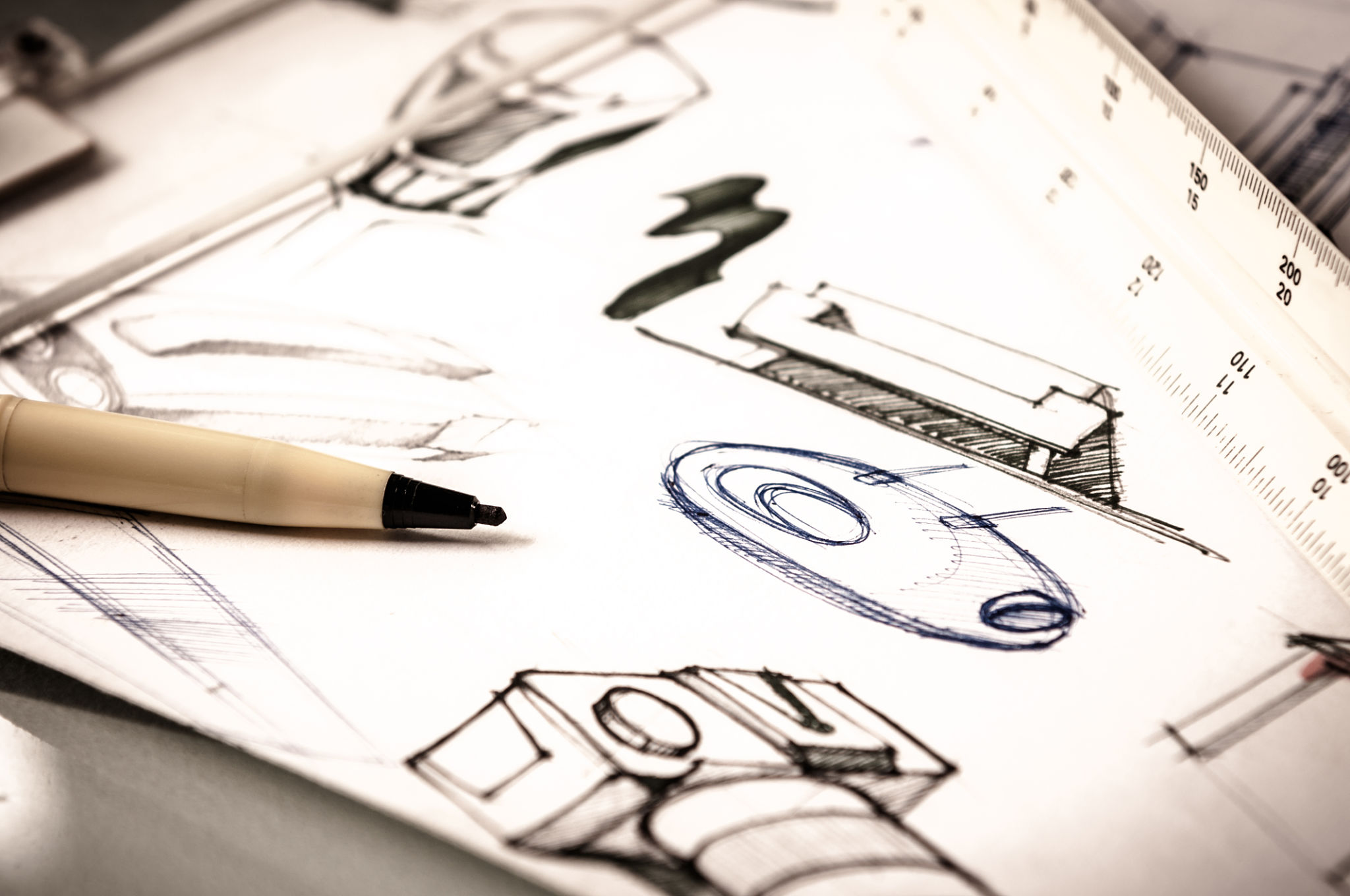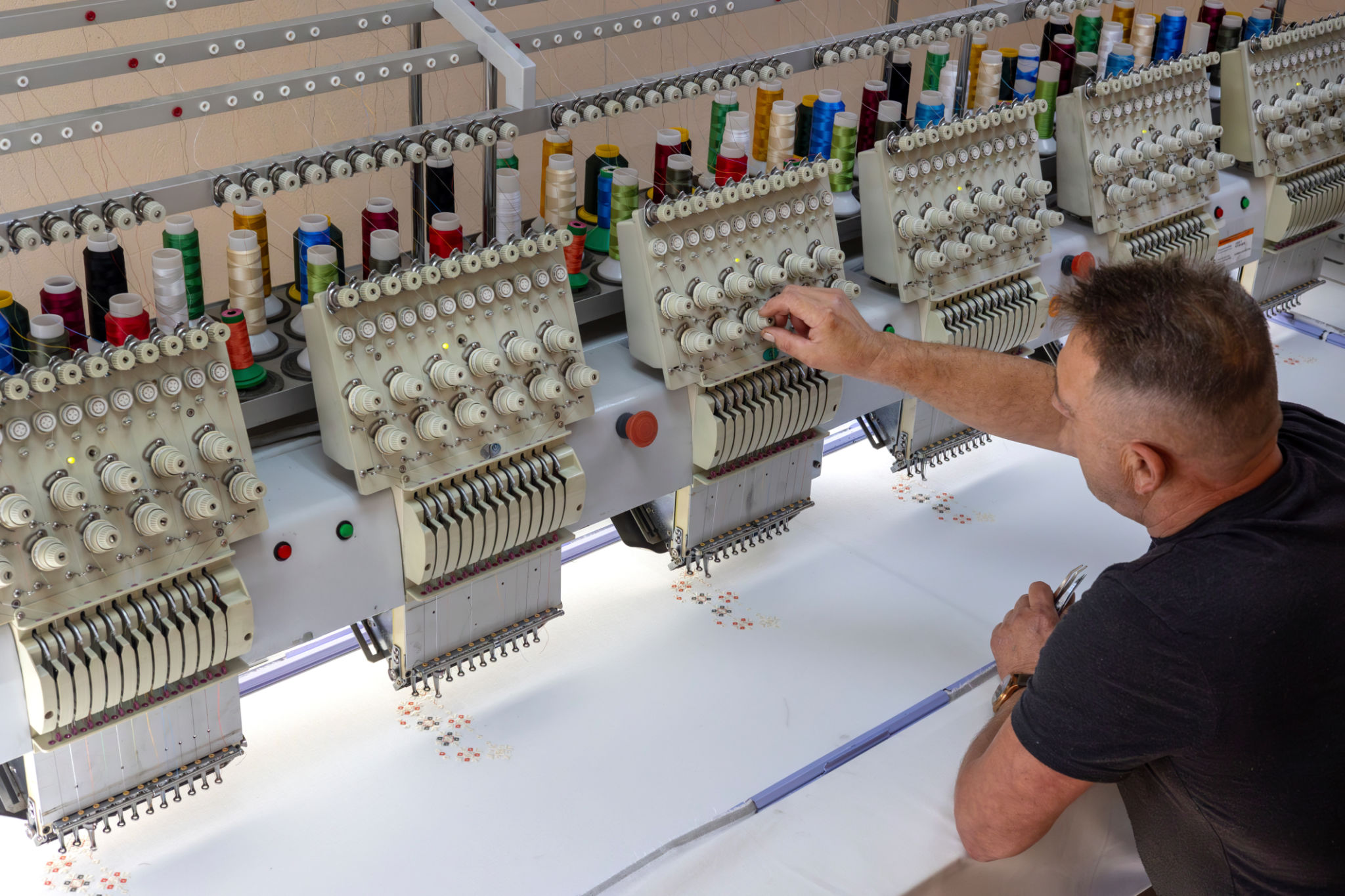Top Tips for Designing Unique Custom Embroideries
Understanding Your Design Concept
When creating custom embroideries, it’s essential to start with a clear design concept. Consider the message or story you want to convey through your embroidery. Are you aiming for something traditional or modern? Understanding your design's purpose will guide your choice of colors, patterns, and materials.
Research is crucial at this stage. Look at various embroidery styles and techniques to identify what resonates with you. Sketching your ideas on paper can also help visualize the final product, ensuring that your concept is well thought out before you begin stitching.

Selecting the Right Materials
Choosing the right materials is a fundamental step in designing unique custom embroideries. The type of fabric and thread will significantly influence the final look and feel of your design. Opt for high-quality threads that offer vibrant colors and durability. Cotton, silk, and metallic threads are popular choices, each adding a distinct texture and finish.
Similarly, the fabric you choose should complement your design. While linen and cotton are versatile and easy to work with, more luxurious options like silk can add an elegant touch but may require more skill to embroider effectively.
Exploring Color Combinations
Color plays a pivotal role in making your embroidery stand out. Experimenting with different color combinations can transform a simple design into something extraordinary. Use contrasting colors to add depth and dimension, or opt for a monochromatic scheme for a more subtle effect.

A helpful tip is to create a color wheel or swatches of your chosen threads. This visual aid can help you see how different colors interact and ensure cohesion in your design.
Incorporating Unique Patterns
Patterns are the heart of any embroidery design. To create something truly unique, try combining different patterns or adding unexpected elements. Geometric shapes, florals, or abstract designs can all make striking embroidery pieces.
Don’t be afraid to experiment with scale and repetition. A small motif repeated over a large area can create an interesting texture and rhythm in your design.

Incorporating Personal Touches
Personalizing your embroidery can make it even more special. Consider adding initials, dates, or symbols that hold significance to you or the recipient. This not only adds a unique touch but also creates a cherished keepsake.
Utilizing Advanced Techniques
Once you have mastered the basics, explore advanced embroidery techniques to elevate your designs. Techniques such as satin stitch, French knots, and bullion knots can add intricate details and texture to your work.
Attending workshops or watching online tutorials can provide inspiration and teach you new skills that will enhance your embroidery projects.

Finalizing Your Design
Before finalizing your embroidery, take a step back and review your design as a whole. Ensure all elements work harmoniously together and that the overall composition meets your initial vision. Making small adjustments at this stage can significantly improve the final result.
Remember that practice makes perfect. Each project is an opportunity to learn and refine your skills, so don’t be afraid to push boundaries and explore new ideas in your custom embroideries.
